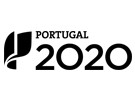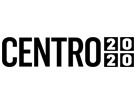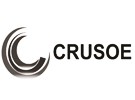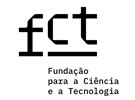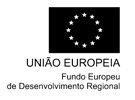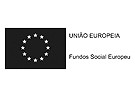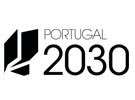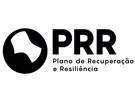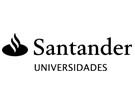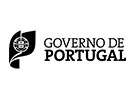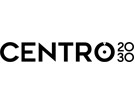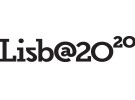



Publication in the Diário da República: Despacho nº 2126/2019 - 01/03/2019
6 ECTS; 1º Ano, 2º Semestre, 30,0 T + 16,0 PL + 14,0 TP , Cód. 300107.
Lecturer
- Luís Miguel Merca Fernandes (1)
(1) Docente Responsável
(2) Docente que lecciona
Prerequisites
Prior knowledge of chemical engineering design, operation and management; Mathematical analysis; Algebra and Numerical Methods.
Objectives
Students should be able to identify optimization problems in chemical processes, formulate them mathematically, choose appropriate strategies to solve them and use optimization software in integrated environments for problem solving and algorithmic solvers.
Program
PART I - Theory
1. Introduction and Motivation
Formulation of linear and non-linear optimization problems in
chemical technology.
2. Linear Programming
(a) Representation forms of a linear program and solution of simple
problems using the graphical method.
(b) Simplex method.
(c) Linear duality.
3. Integer Linear Programming
(a) Introduction and properties.
(b) Cutting-plane method.
(c) Brach-and-bound, branch-and-cut and branch-and-price algorithms.
4. Dynamic Programming
(a) Introduction and properties;
(b) Bellman Equation.
PART II - Formulation and solution of optimization problems in
Chemical Technology
1. Application to Industrial Management, Production Management and
Flowsheeting
(a) Project selection;
(b) Production optimization in industrial units subject to
internal and external constraints;
(c) Optimum distribution of materials;
(d) Optimal flowsheet selection.
2. Application to heat transfer and energy conservation
(a) Heat recovery;
(b) Multiplie effect evaporators design optimization;
(c) Optimization of steam generation systems.
3. Application to the Transport of fluids
(a) Pipes diameters optimization;
(b) Adiabatic compression work minimization.
4. Application to separation processes
(a) Design and operation optimization of fractionating distillation
columns.
(b) Filters operation optimization;
(c) Operation optimization of floaters in series.
5. Application to Chemical and Biological Reactors
(a) Optimum residence time;
(b) mMlti-objective optimization of selectivity and yield in a
reaction system;
(c) Optimization of a thermal cracker.
PART III - Optimization Computational Methods
(a) linear programming Solvers: Introduction to CPLEX and MINOS.
(b) Using the GAMS environment in Integer Linear Programming.
(c) Guidelines for the implementation of computational project work.
Evaluation Methodology
Continuous assessment: mid-term written test (12 grade points)+a computational project (8 grade points). Pass requirement: min. of 3 pts (out of 12) in the test and 4 pts (out of 8)in the project. Test+project at least 9.5 Exam pass mark: 9.5
Bibliography
- Hiller, F. e Lieberman, G. (1989). Introduction to Operations Research. New York: McGraw-Hill
- Lasdon, L. e Himmelblau, D. e Edgar, T. (2001). Optimization of Chemical Processes. New York: McGraw-Hill.
- Magalhães, A. e Guerreiro, J. e Ramalhete, M. (1994). Programação Linear. Lisboa: McGraw-Hill
Teaching Method
Lectures on optimisation methods. Problem-solving applied to chemical technology.
Software used in class
General Algebraic Modeling System (GAMS)
